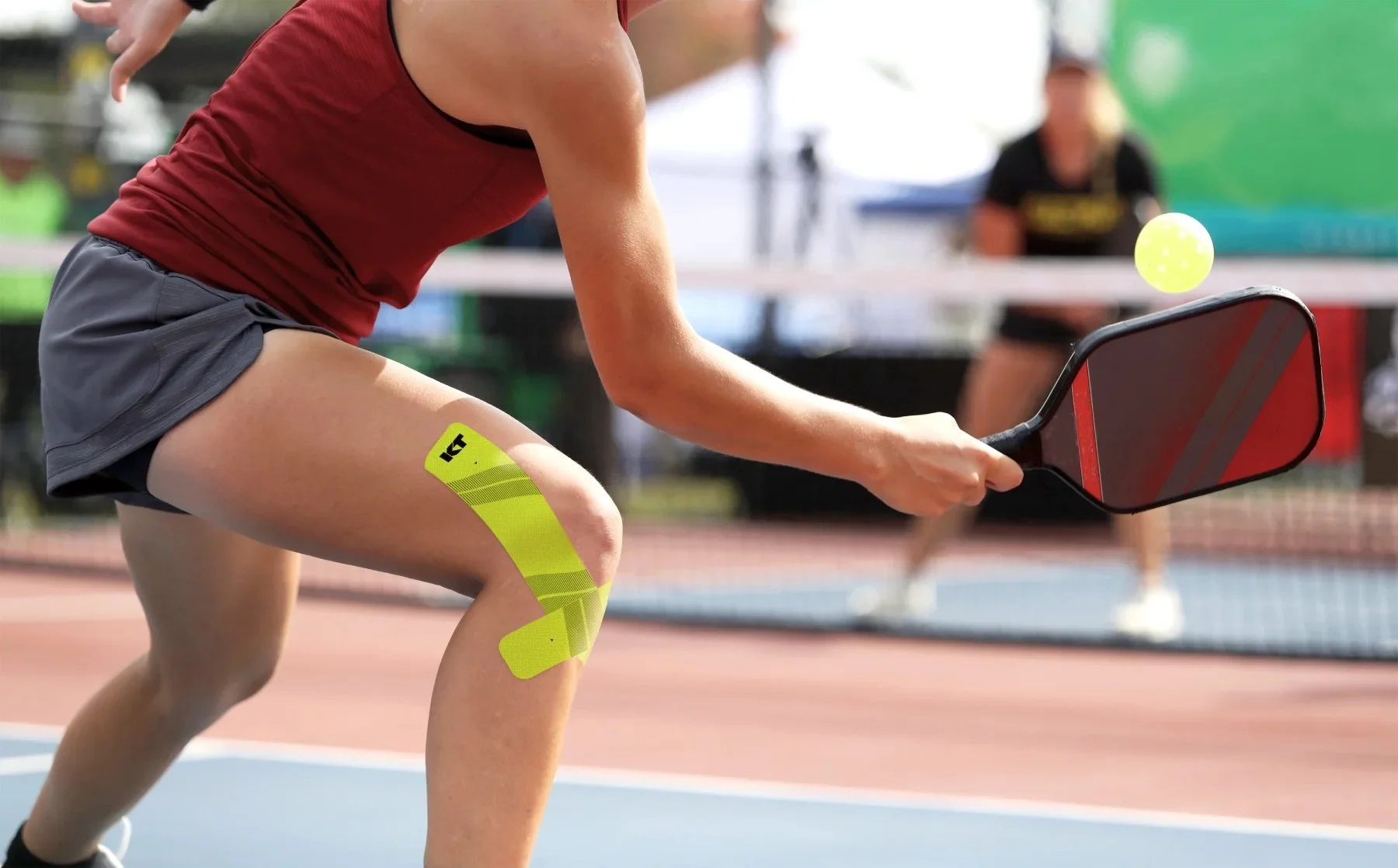How To Recover From Pickleball Injuries And Prevent Them In The First Place
Pickleball’s rapid rise in popularity has brought players of all ages to the courts—many of them eager, competitive, and sometimes unaware of how easily the game can lead to injury without proper preparation and care. While the sport is accessible and generally low-impact compared to others, it still demands quick lateral movement, repetitive swings, and reflexive bursts of motion. These elements, though thrilling, can also lead to overuse injuries, sprains, or strains if not managed mindfully.
This guide will walk you through how to recover effectively from pickleball injuries and, more importantly, what to do to prevent them from happening in the first place.
Source: North Shore Sports Medicine
Common Pickleball Injuries: What You Should Know
Understanding the most frequent injuries helps players become more aware of how their bodies move on the court. Here are some of the most common pickleball-related issues:
Pickleball elbow (similar to tennis elbow) – Pain in the outer elbow caused by overuse of the forearm muscles.
Ankle sprains – Sudden pivots and uneven footing can lead to twisted ankles.
Shoulder strain – Especially common in players who serve or smash frequently.
Knee injuries – From minor strains to ligament tears, often due to fast directional changes.
Lower back pain – Frequently the result of poor posture or lack of core strength.
Step-By-Step Recovery: Returning Stronger, Not Sooner
1. Recognize and Rest
Don’t ignore discomfort. Pain is your body’s signal that something needs attention. Rest is the first and most important step in recovery. Continuing to play through pain often worsens the injury and prolongs recovery.
2. Apply RICE
For minor injuries:
Rest
Ice (20 minutes every 2–3 hours for the first 48 hours)
Compression to reduce swelling
Elevation to help with blood flow and healing
3. Seek Professional Guidance
If pain persists for more than a few days or mobility is limited, consult a physiotherapist or sports medicine professional. Early diagnosis can prevent chronic issues from developing.
4. Rebuild With Targeted Rehab
Stretching, strengthening, and mobility exercises guided by a professional can support safe and effective recovery. Avoid jumping back into play without proper clearance, even if you’re feeling better.
Injury Prevention: The Smarter Way To Play
1. Warm Up With Intention
Never walk onto the court cold. Dynamic warm-ups—like arm circles, leg swings, and light cardio—prepare your body for the game’s demands.
2. Incorporate Strength and Flexibility Training
A balanced workout routine outside of pickleball is key. Focus on:
Core stability
Hip and ankle mobility
Rotator cuff and shoulder strength
This not only boosts performance but builds resilience against injury.
3. Wear The Right Gear
Supportive, court-specific footwear can make a huge difference in ankle and knee health. Avoid running shoes or worn-out sneakers. Additionally, using paddles with the right grip size and weight can reduce strain on your wrist and elbow.
4. Learn Proper Technique
Technique matters. Overusing one side of your body or relying on poor mechanics can lead to overcompensation and injury. Work with a coach to refine your movement and swing efficiency.
5. Listen To Your Body
Fatigue is a common precursor to injury. Know when to rest, cross-train, or modify your play. Long-term consistency is more valuable than short-term intensity.
The Mental Side Of Recovery
Recovering from an injury isn’t just a physical process—it’s also psychological. Players often struggle with frustration, impatience, and fear of reinjury. Staying connected to the pickleball community, setting realistic goals, and celebrating small wins in recovery can help you stay motivated.
Final Thoughts
Pickleball should be a lifelong game—something you can enjoy well into your 60s, 70s, and beyond. But that’s only possible when you prioritize your health and listen to what your body is telling you. Recovery isn’t a setback—it’s part of the journey. And smart prevention is your best defense.
So whether you're bouncing back or trying to stay ahead of injury, a mindful approach can keep you enjoying every dink, drive, and drop shot for years to come.

